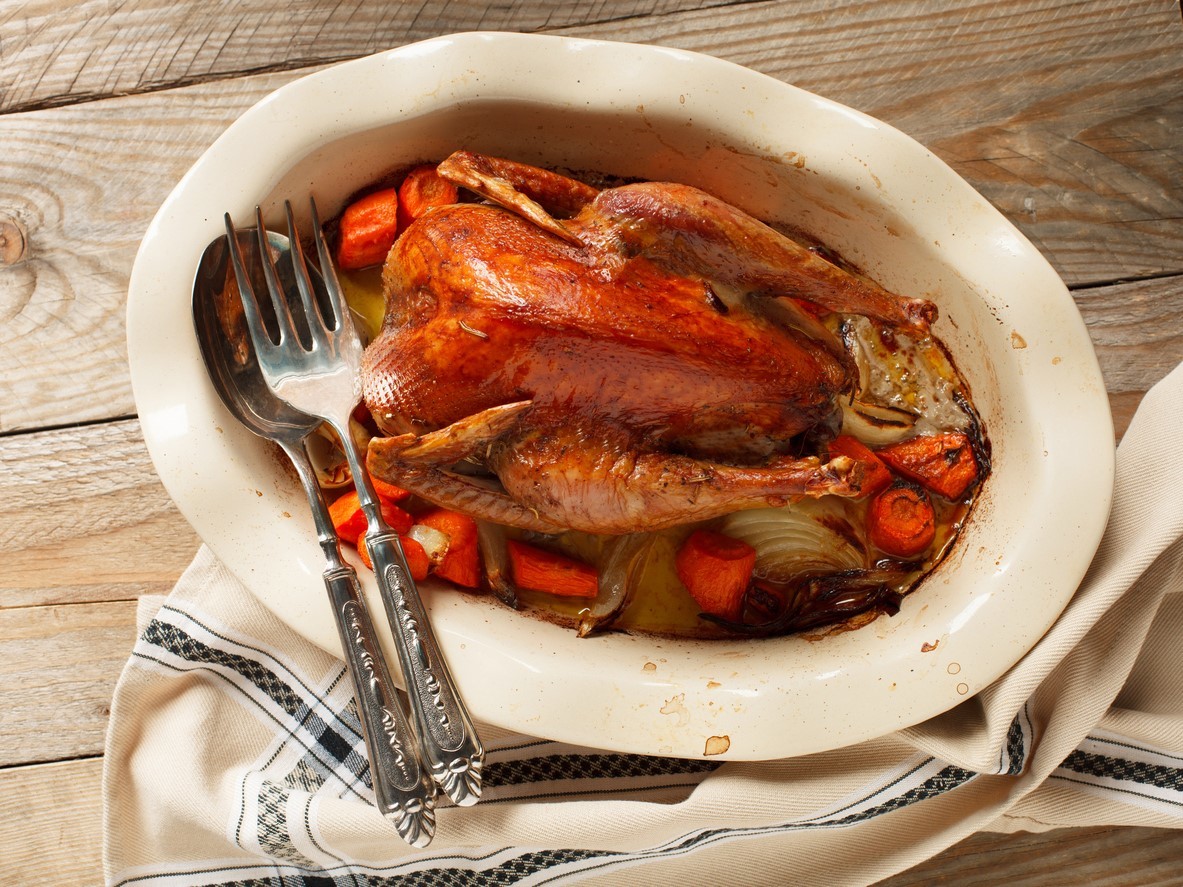In my opinion, the secret of good soup is good stock, says Tim Dover, chef patron of The Roost Restaurant in Bridge of Earn.
My wife Anna makes excellent chicken soup the day after we have a roast chicken for dinner, and the children would eat her soup all day every day if she made it.
I like to branch out to use other bases for the stock, especially at this time of year when the game season is coming to an end and birds like partridges and pheasants are plentiful.
I tend to make brown stock from the partridges, much in the same way as Anna makes chicken stock from already roasted chicken. The flavour is great and you don’t need to add much meat so it is perfect for leftovers.
The other way to make stock from birds is to make a white stock which means that the bones are not already roasted. The Chinese often do this with chickens and they use the feet and wings to add extra flavour, but then the stock requires lots of straining to get rid of the fat.
I like to make soup from white stock when using pheasants and I use the whole bird to make a hearty meal. I poach the whole bird along with whole vegetables (onion, carrots, celery, garlic for example) – first bringing it to the boil and skimming off any fat, then reducing the heat and keep it on a very slow simmer for about 2 hours.
The reason I keep the vegetables whole is that I want their flavour in the soup but I don’t want them to break up and make the soup cloudy. After a couple of hours simmering I take the bird out, let it cool and pick the meat from the bones – it comes off easily in sections.
I strain the stock through a cheese cloth to leave a really clear broth. I then chop fresh vegetables including potatoes into small cubes and cook in the stock for about 5 minutes until done. Just before serving, I put the pheasant meat back in to warm up together with a large handful of fresh chopped herbs. I like parsley with pheasant but if you try this dish you can use whatever herbs you like best, wild garlic shoots are making an appearance and would be excellent in this. I truly believe this is one of the best ways of eating pheasant.
Chef’s tip
If you make a larger quantity of stock than you need for the soup you’re making, it’s a good idea to reduce it down further to make a more intense flavour, cool it and then freeze it in an ice cube tray. You can use the cubes in the future when making gravy or sauces – no need to use shop-bought stock cubes.











